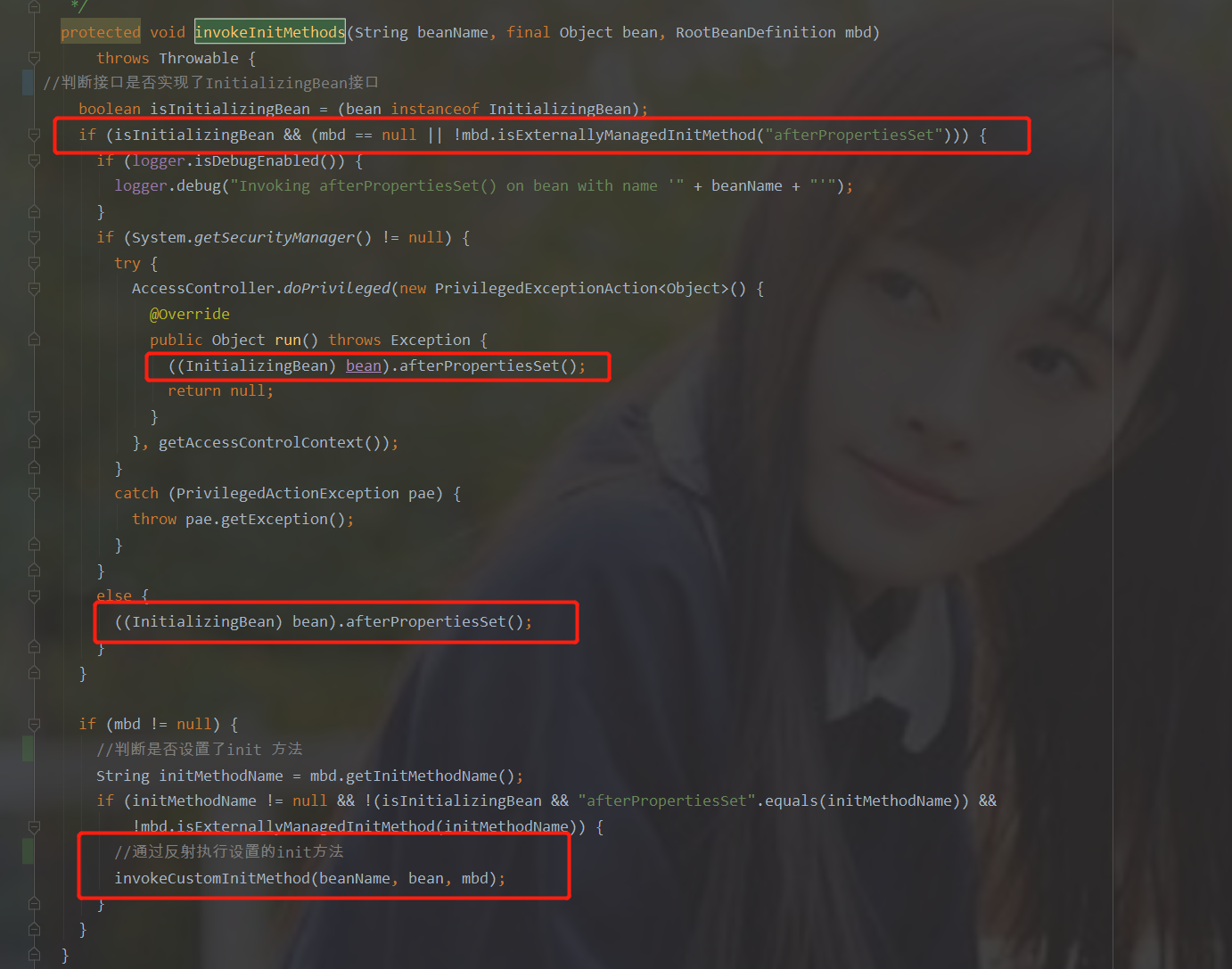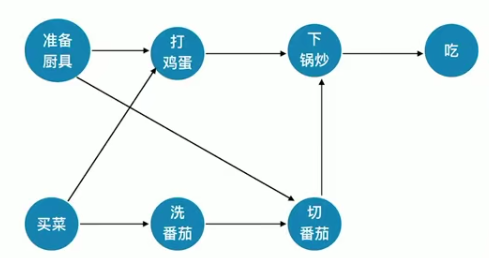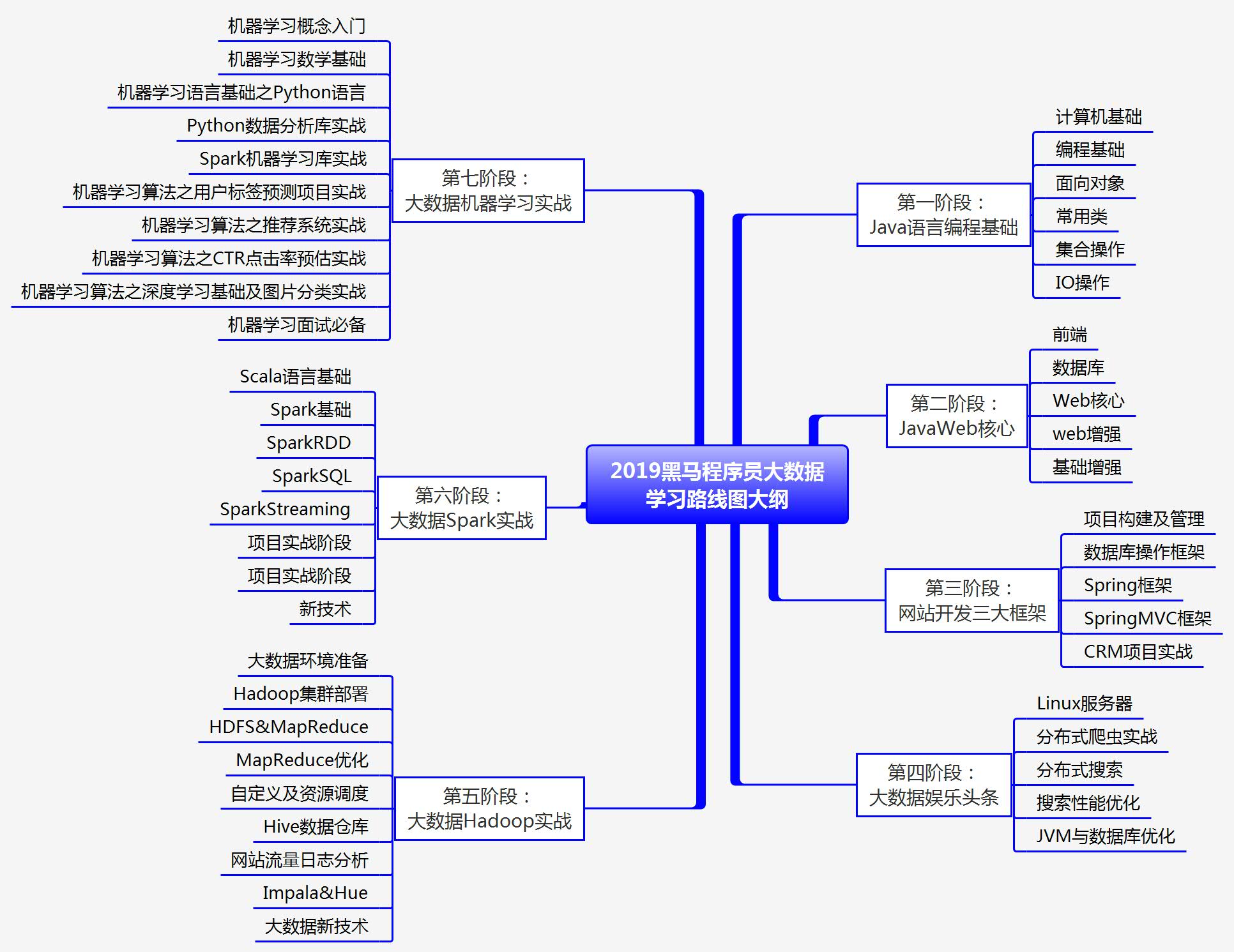`
```
js附加代码:
```
/*[+
var msg = ‘This is a working application’;
+]*/
```
js移除代码:
```
/*[- */
var msg = ‘This is a non-working template’;
/* -]*/
```
### 6、内嵌变量
为了模板更加易用,Thymeleaf还提供了一系列Base对象、Utility对象(内置于Context中),可以通过#直接访问。
#### Base对象
- ctx : the context object.
- vars: the context variables.
- locale : the context locale.
- request : (only in Web Contexts) the HttpServletRequest object.
- response : (only in Web Contexts) the HttpServletResponse object.
- session : (only in Web Contexts) the HttpSession object.
- servletContext : (only in Web Contexts) the ServletContext objec
下面用一段代码来举例一些常用的方法:
```
/*
* ======================================================================
* See javadoc API for class org.thymeleaf.context.IContext
* ======================================================================
*/
${#ctx.locale}
${#ctx.variableNames}
/*
* ======================================================================
* See javadoc API for class org.thymeleaf.context.IWebContext
* ======================================================================
*/
${#ctx.request}
${#ctx.response}
${#ctx.session}
${#ctx.servletContext}
/*
* ============================================================================
* See javadoc API for class org.thymeleaf.context.WebRequestParamsVariablesMap
* ============================================================================
*/
${param.foo} // Retrieves a String[] with the values of request parameter ‘foo’
${param.size()}
${param.isEmpty()}
${param.containsKey(‘foo’)}
/*
* ======================================================================
* See javadoc API for class org.thymeleaf.context.WebSessionVariablesMap
* ======================================================================
*/
${session.foo} // Retrieves the session atttribute ‘foo’
${session.size()}
${session.isEmpty()}
${session.containsKey(‘foo’)}
```
#### Utility对象
- dates : *java.util.Date的功能方法类。*
- calendars : *类似#dates,面向java.util.Calendar*
- numbers : *格式化数字的功能方法类*
- strings : *字符串对象的功能类,contains,startWiths,prepending/appending等等。*
- objects: *对objects的功能类操作。*
- bools: *对布尔值求值的功能方法。*
- arrays:*对数组的功能类方法。*
- lists: *对lists功能类方法*
- sets
- maps
…
下面用一段代码来举例一些常用的方法:
**dates**
```
/*
* Format date with the specified pattern
* Also works with arrays, lists or sets
*/
${#dates.format(date, ‘dd/MMM/yyyy HH:mm’)}
${#dates.arrayFormat(datesArray, ‘dd/MMM/yyyy HH:mm’)}
${#dates.listFormat(datesList, ‘dd/MMM/yyyy HH:mm’)}
${#dates.setFormat(datesSet, ‘dd/MMM/yyyy HH:mm’)}
/*
* Create a date (java.util.Date) object for the current date and time
*/
${#dates.createNow()}
/*
* Create a date (java.util.Date) object for the current date (time set to 00:00)
*/
${#dates.createToday()}
```
**strings**
```
/*
* Check whether a String is empty (or null). Performs a trim() operation before check
* Also works with arrays, lists or sets
*/
${#strings.isEmpty(name)}
${#strings.arrayIsEmpty(nameArr)}
${#strings.listIsEmpty(nameList)}
${#strings.setIsEmpty(nameSet)}
/*
* Check whether a String starts or ends with a fragment
* Also works with arrays, lists or sets
*/
${#strings.startsWith(name,’Don’)} // also array*, list* and set*
${#strings.endsWith(name,endingFragment)} // also array*, list* and set*
/*
* Compute length
* Also works with arrays, lists or sets
*/
${#strings.length(str)}
/*
* Null-safe comparison and concatenation
*/
${#strings.equals(str)}
${#strings.equalsIgnoreCase(str)}
${#strings.concat(str)}
${#strings.concatReplaceNulls(str)}
/*
* Random
*/
${#strings.randomAlphanumeric(count)}
```
## thymeleaf布局
使用thymeleaf布局非常的方便
定义代码片段
```
```
在页面任何地方引入:
```
```
th:include 和 th:replace区别,include只是加载,replace是替换
返回的HTML如下:
```
© 2016
```
下面是一个常用的后台页面布局,将整个页面分为头部,尾部、菜单栏、隐藏栏,点击菜单只改变content区域的页面
```
Header left sidebar footer
```
任何页面想使用这样的布局值只需要替换中见的 content模块即可
```
…
```
也可以在引用模版的时候传参
```
```
layout 是文件地址,如果有文件夹可以这样写 fileName/layout:htmlhead
htmlhead 是指定义的代码片段 如 `th:fragment=”copy”`
| 


































还没有评论,来说两句吧...